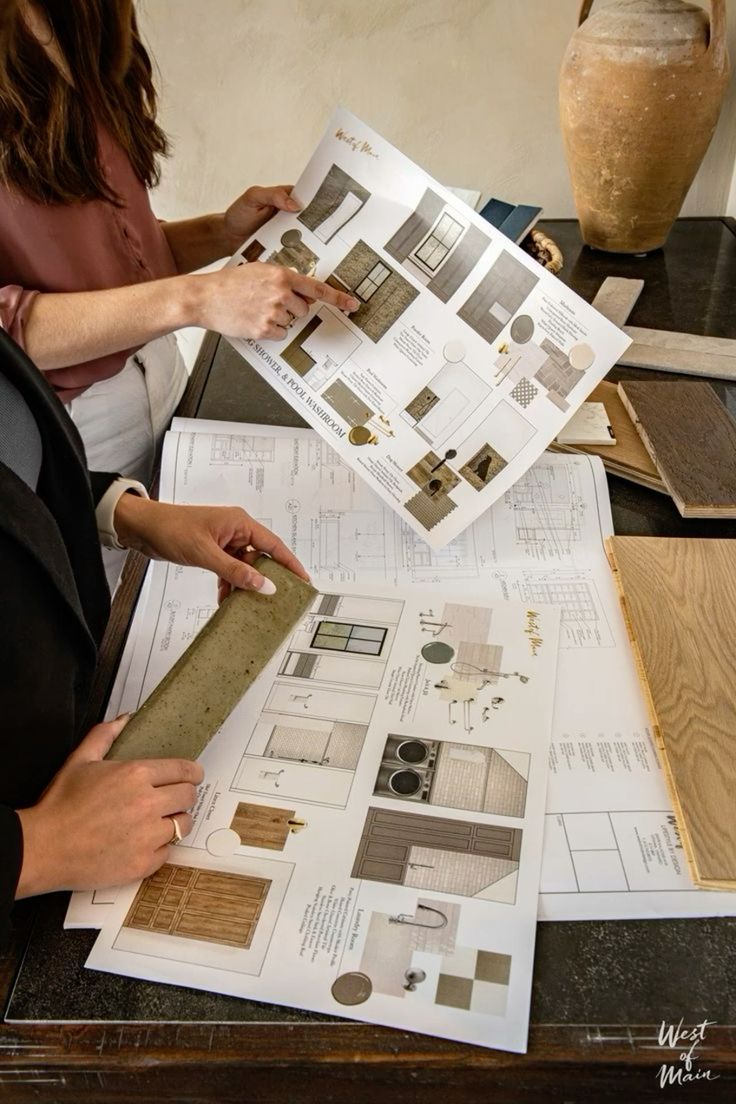This store requires javascript to be enabled for some features to work correctly.

How to Manage Client Expectations: Setting Boundaries and Delivering Results
In any client-facing role, mastering expectations isn’t just about delivering a service—it’s about crafting an experience. Whether you're a business owner, a creative freelancer, or part of a service-driven team, the key lies in balancing attentiveness with intention. It’s about setting clear boundaries while ensuring every interaction feels considered, seamless, and, ultimately, satisfying. This guide explores how to establish realistic expectations, communicate with clarity, and create lasting impressions that turn clients into advocates.
By Vanessa Ollis

Why Is Managing Client Expectations So Important?
Clear communication and shared goals are the secret to a strong client relationship. When expectations aren’t managed well, it can lead to misunderstandings, disappointment, and even impact your reputation—something no one wants! When you set clear expectations, you: Build trust and credibility, prevent “scope creep” and burnout and lay the groundwork for effective collaboration. In hospitality, it’s all about setting the tone from the start. Let Maison Flâneur help you build unique spaces with items that are both timeless and authentic.
-
Are you an interior designer?
Join our Trade Program—a curated community of design professionals with exclusive access to bespoke pieces, trade pricing, and personalised support.

How Can You Identify Client Needs Early On?
Start With a Thorough Discovery Process
Every successful project starts with a deep understanding of the client—their vision, challenges, and expectations. During the discovery phase, ask thoughtful, targeted questions: What outcomes are they aiming for? What obstacles do they anticipate? What timelines and budgets are in place? This insight allows you to tailor your approach, ensuring your services align seamlessly with their needs, style, and aspirations.
Document All Requirements in Detail
Once you’ve gathered insights, put everything in writing to ensure clarity and alignment. A well-structured proposal or agreement prevents misunderstandings by outlining key details such as deliverables, timelines, milestones, and payment terms, setting the stage for a smooth collaboration.

How Can You Set Boundaries Without Alienating Clients?
Communicate Limits Clearly
Setting clear boundaries is essential for maintaining a healthy work-life balance while still delivering an exceptional client experience. From the start, communicate your working hours, preferred methods of contact, and expected response times to ensure a smooth and respectful collaboration. Let clients know when you’re unavailable, and offer structured updates at regular intervals to keep them informed without the need for constant check-ins.
Be Honest About Your Capabilities
It’s better to underpromise and overdeliver than to risk falling short of expectations. If a client requests a service you can’t provide or demands unrealistic timelines, explain the limitations and offer alternative solutions.

What Are the Best Ways to Deliver Consistent Results?
Use Project Management Tools
Efficient communication and organization are key to delivering on promises. Utilize tools like Trello, Asana, or Monday.com to track progress, provide clients with regular updates, and keep your team aligned—ensuring everything runs smoothly from start to finish.
Prioritize Milestones and Deadlines
Breaking a project into smaller milestones keeps things clear and manageable. Sharing updates at each step helps keep your client in the loop, engaged, and confident in the progress.
Focus on Quality Over Quantity
Giving clients too many unnecessary deliverables can take away from the impact of your work. Instead, focus on delivering exceptional quality that aligns perfectly with the goals you’ve set together.

What Happens When Expectations Change Mid-Project?
When project requirements shift, start by reassessing the scope to understand how the changes will impact timelines, budgets, and deliverables. Be transparent about any necessary adjustments and update agreements accordingly—whether through a change order or a revised contract—to keep both parties aligned. Throughout the process, maintain a solution-oriented approach, focusing on possibilities rather than obstacles to reinforce professionalism and build trust.

Why Should You Seek Feedback After Every Project?
Gathering client feedback after a project's completion is invaluable for continuous improvement, stronger relationships, and refining future processes. Encourage honest insights by asking open-ended questions such as whether the final result met their expectations, what could be improved, and if they would recommend your services. This not only helps identify areas for growth but also reinforces trust and long-term connections.
FAQ
How do you manage client expectations?
Prioritize regular communication and use project management tools to stay organized.
What should you do when a client’s expectations are unrealistic?
Be honest about what’s feasible and suggest alternatives that align with their goals.
Why is it important to set boundaries with clients?
Boundaries prevent burnout and ensure that you can deliver high-quality results.
How can I rebuild trust if a client’s expectations were not met?
Acknowledge the issue, take responsibility, and provide actionable steps to resolve the situation.
What is scope creep, and how do you avoid it?
Scope creep occurs when the project grows beyond the agreed-upon terms. Prevent it by documenting changes and updating contracts as needed.


































